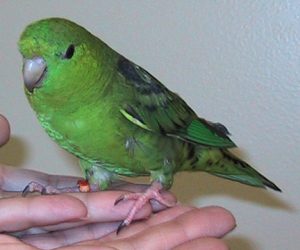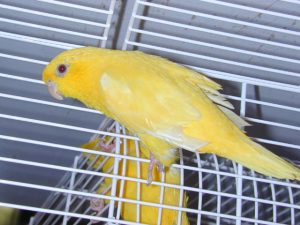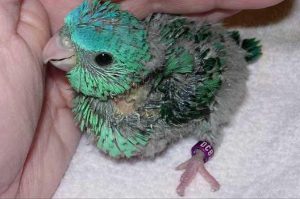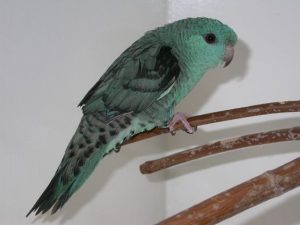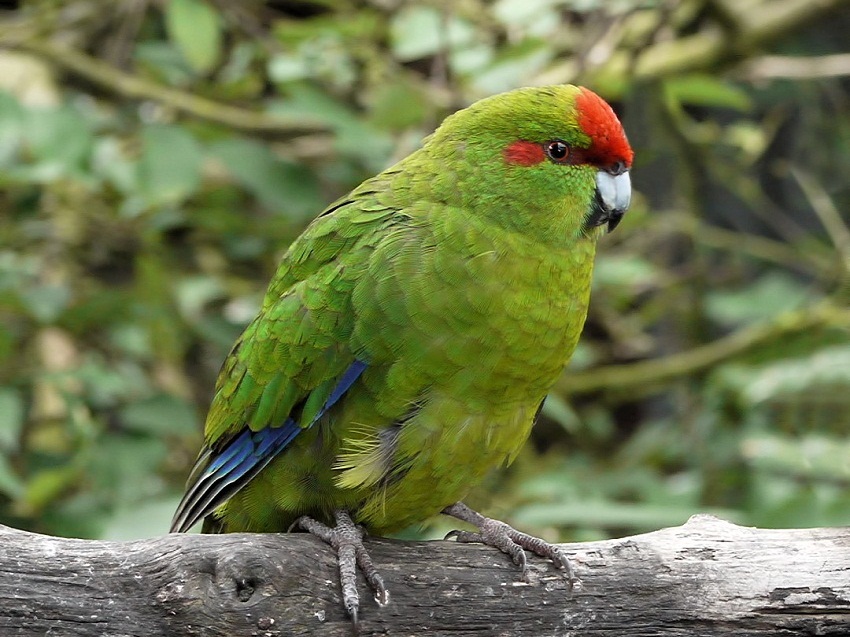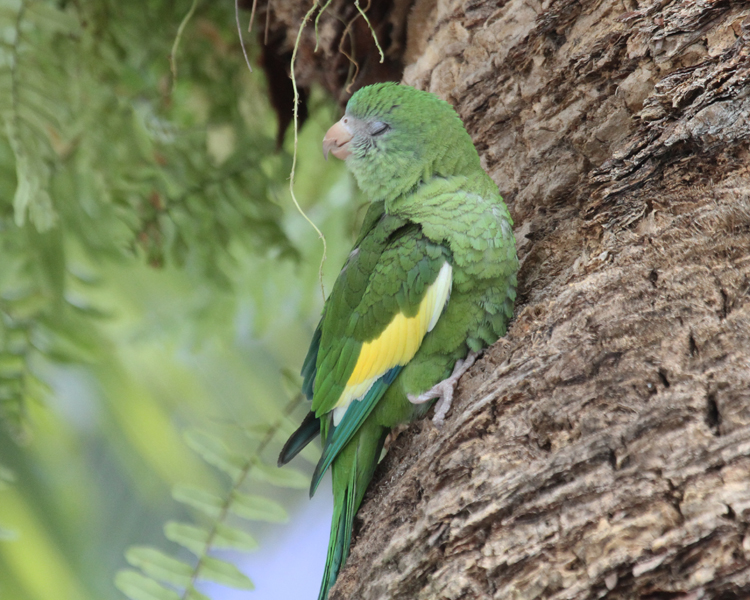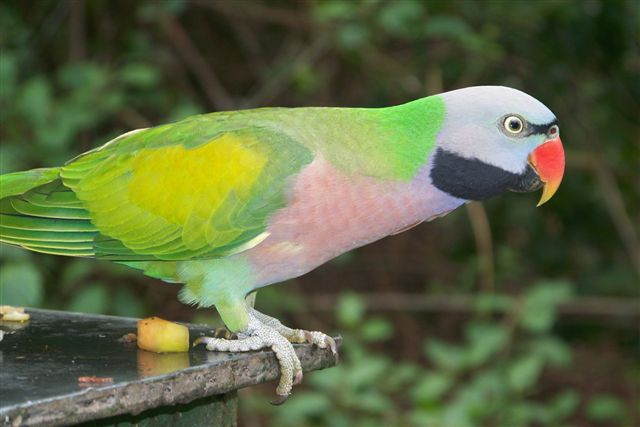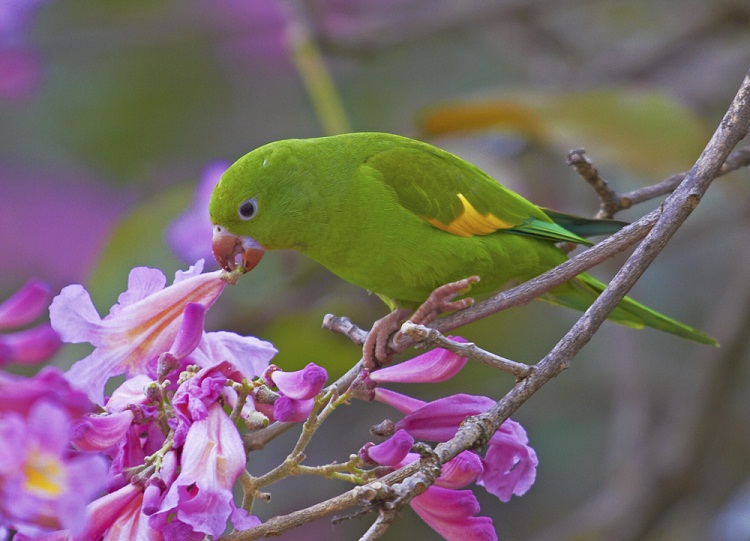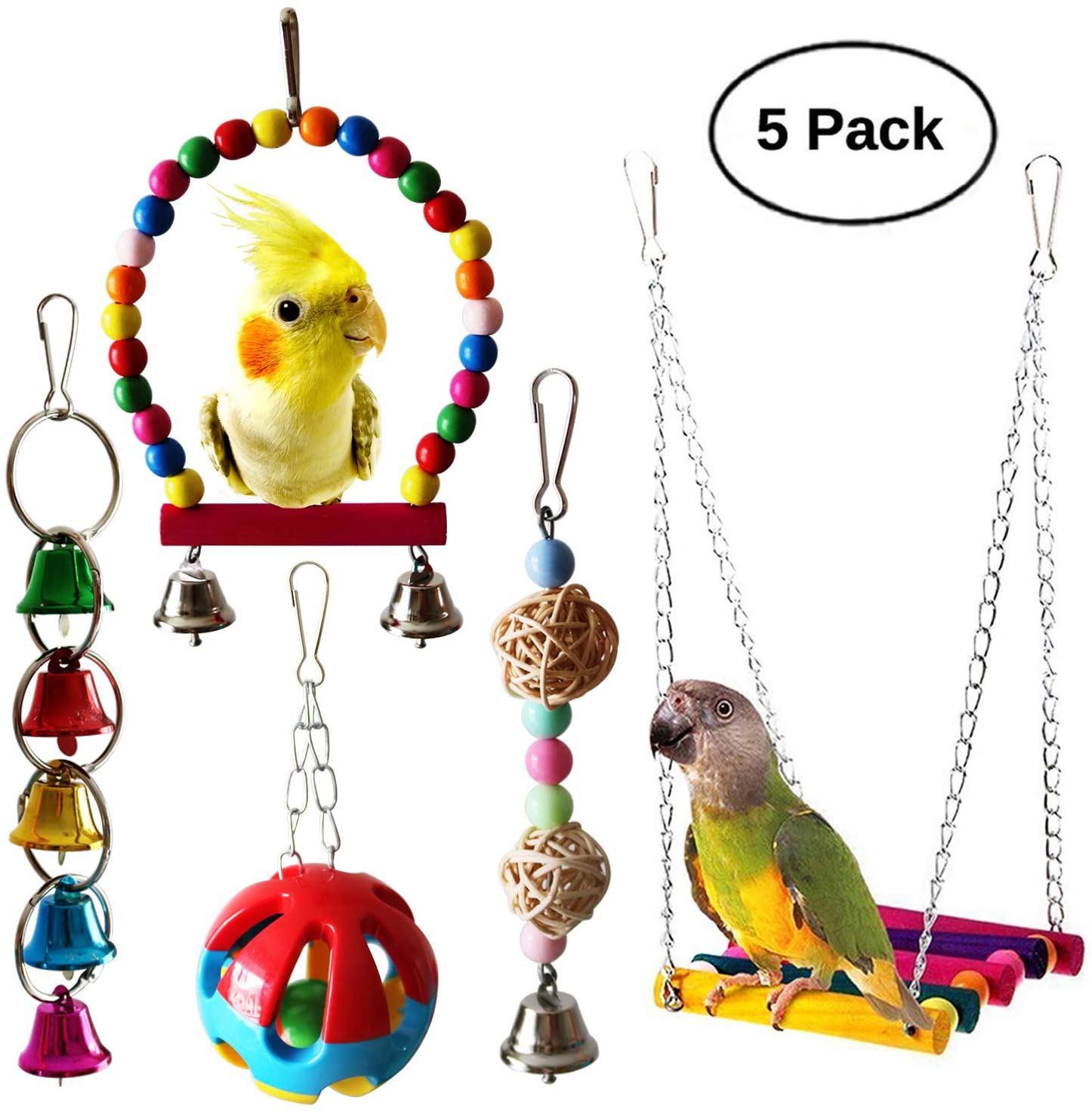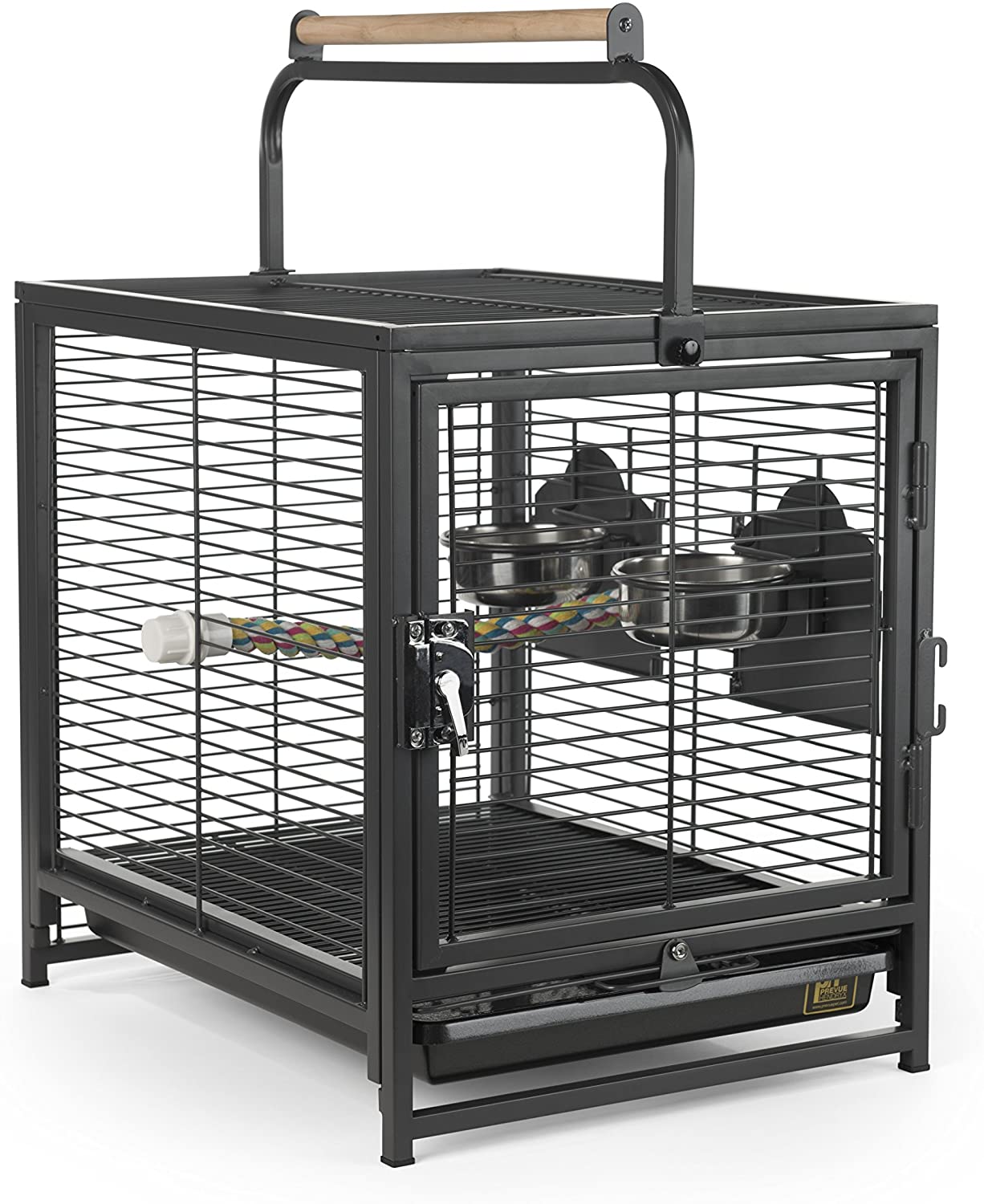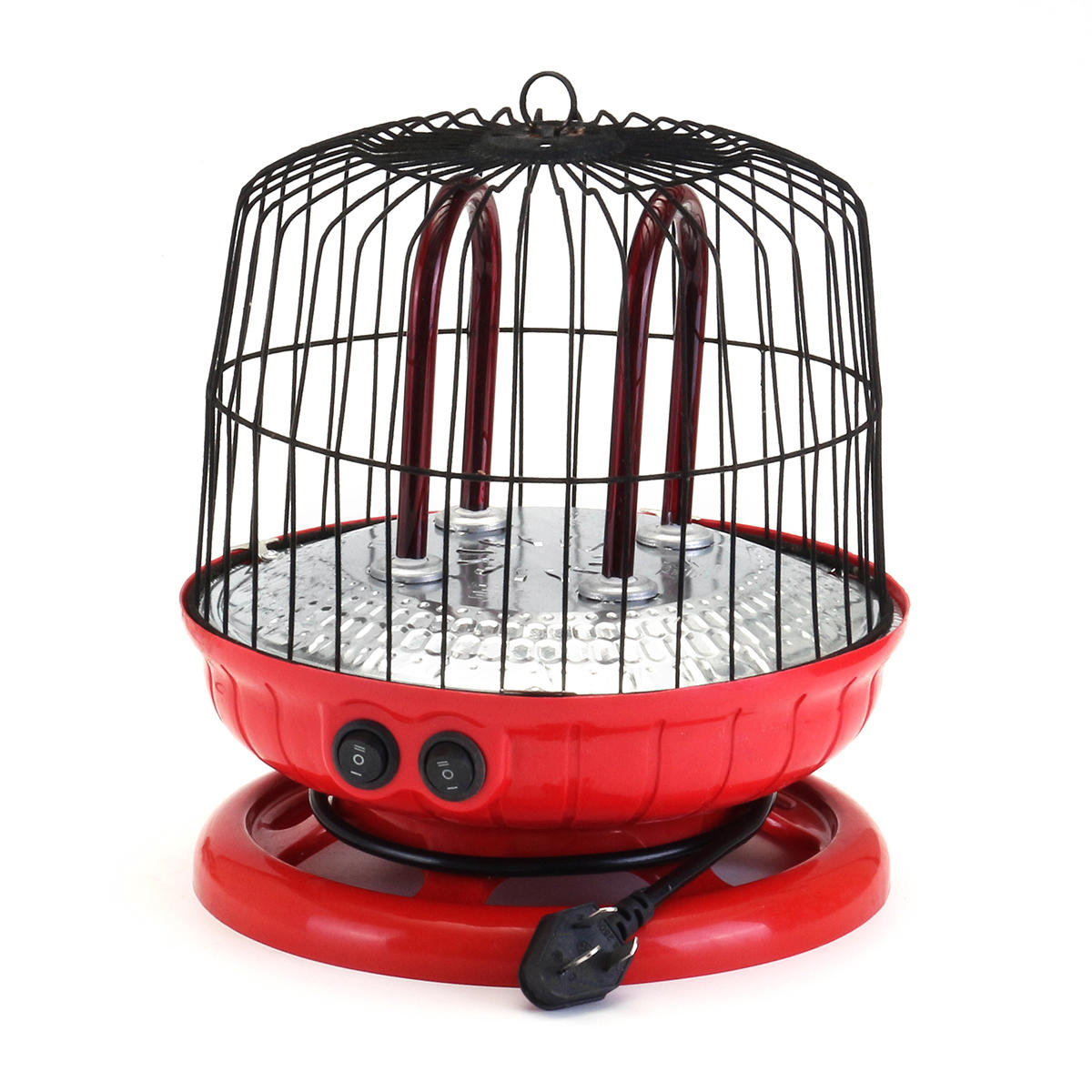Adorably known as “Linnie”, the Lineolated parakeet, a small sized bird is endemic to South and Central America. With some slightest differences between male and female in physical features, it attains sexual maturity from the age of one.
Scientific Classification |
|
| Kingdom | Animalia |
| Phylum | Chordata |
| Class | Aves |
| Order | Psittaciformes |
| Superfamily | Psittacoidea |
| Family | Psittacidae |
| Subfamily | Arinae |
| Genus | Bolborhynchus |
| Scientific Name | Bolborhynchus lineola |
Quick information |
|
| Other names | Barred parakeet, Catherine parakeet, Linnie |
| Size | Around 6.5 inches (16 cm) |
| Weight | 42-52 gm(1.48-1.83 ounce) |
| Color | Green body with black striped upperparts ( dark in male but light in female and juveniles) excluding top of the head, olive green lower body with dark green side stripes, blue underside wings, black shoulder wings, black tipped upper tail. Horn colored beak, dark brown iris. Pink or flesh colored legs. |
| Distribution | Central American subtropical zone, South American forest zone precisely of Venezuelan coastal range, Bolivia, southern Peru, Mexico and Panama |
| Subspecies |
|
| Habitat | Mountain (off the sea level 2000m), savanna, rain forest, in summer they live above 1500-2300 m height which reduces to around 600 m during winter |
| Sounds and vocalizations | Low soft chattering sound without screeching, rarely noisy |
| Clutch | 2-4 eggs |
| Incubation period | 18-21 days |
| Fledging | 5-7 weeks |
| Lifespan | Around 10 years |
| Diet | Germinated and dried seeds, fruits, and insect larvae. |
| IUCN Conservation Status | Least Concern |
Mutations
- Blue ( cobalt, aqua, turquoise and mauve)
- White
- Cremino(albino)
- Yellow( lutino)
- Green( olive and dark green)
- Silver
- Violate
- Pied
As pets
This sweet and subtle bird with its love for human propinquity makes a good pet.
Housing
For its free movements provide a moderate sized cage, add grates to it for clearing the droppings and excess food. A nest box with the diameter of 10X8X8’’ will be fine.
Add sufficient perches as they are better climbers than fliers while the presence of grooming perches would keep its toenail growth at bay.
Rings, swings, ladders and chewable toys are necessary for encouraging its playing proclivity.
Temperature
Due to its origin, it can adapt to any weather condition, though a temperature below 50° F may not be suitable.
Behavior
This well behaved, energetic, and docile bird is blessed with a good singing and talking ability. Its limited vocabulary enriches with proper training.
It is a natural acrobat, often tending to cling to the bars, and showing tricks like walking in a definite manner by stepping one foot before another.
The Lineolated Parakeet makes amusing postures like hanging from the cage upside down on one leg especially during a mist bath, sitting horizontally or even resting with their heads down and tail pointing upwards.
Closely attached to its owner, it can blend with other family members fast as well and amuse them by fanning its tail or letting out a soft sound.
This calm-tempered bird might get aggressive in its initial years, attacking the owner, it is a rare occasion, though.
Usually, this quiet bird twitters in the morning and evening and rarely becomes noisy unless the situation arises.
Never leave your Linnie alone or unprotected in front of your pet cat or dog.
Feeding
Other than the commercial pallets, feed it a balanced diet combining vegetables and fresh fruits.
Seeds, however, should be given in limited quantity as overconsumption may lead to renal disease, fattiness, and undernourishment.
Consumption of chocolate is harmful to its system leading to diarrhea. Other restricted foods include caffeinated products, avocado, guacamole, mushrooms, apple seeds, beans, eggplants, and tomato leaves.
Care
Keeping a bowl of water in their cage would satisfy their desire for bathing. They would cherish a spray bath, extending their wings to feel every bit of it. Make sure to keep your bird’s toenail trimmed to avoid injuries. To maintain hygiene clean the toys, food, and water bowls as well as other accessories on a daily basis.

Lineolated Parakeets
Health problems
This healthy bird is prone to malnutrition and obesity due to improper care. Commonly seen ailments are ophthalmitis (eye infection) and respiratory infection. Always keep your pet under a check up of a professional vet.
Price
A lineolated parakeet can come with a price tag of around $300 per pair.
Interesting facts
- It is named as Lineolated parakeet because of the striped lines of the back feathers, as in Latin, the word lineolata implies small lines.
- This species was first imported to Europe from Middle and South America almost thirty years’ (1886) post its first description by John Cassin (1853), an American ornithologist.
Lineolated parakeet talking video
References:



